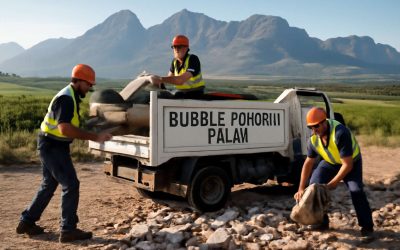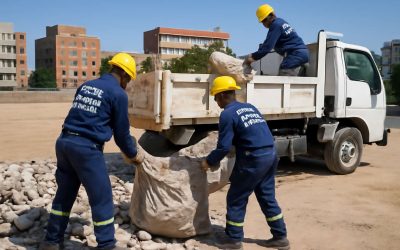
A dumping site is a location where waste materials are dumped. These sites can be public or private and may be secluded in wooded or ravine areas, roadways, river and creek banks, abandoned sites and vacant lots. The waste that is dumped at these sites often includes corrosive, toxic or ignitable chemicals and paraphernalia from illegal drug labs. It also may include household hazardous waste, such as used oil, weed killer and swimming pool chemicals. These chemicals can contaminate the soil, groundwater and air. They can also damage the health of plants and animals and endanger human life as well.
When organic waste decomposes at landfill sites, it produces a chemical known as leachate. Leachate is toxic and can contaminate streams, ponds, lakes and rivers. This contamination can cause an imbalance in ecosystems, promoting the growth of certain species to the detriment of others.
Another dangerous effect of landfills is the production of greenhouse gases. As biodegradable waste breaks down, it emits methane gas into the atmosphere. This gas is a potent greenhouse gas that traps heat in the atmosphere and contributes to climate change.
The dumping of garbage at landfill sites is not just harmful to the environment, it can also be deadly for those who live in its shadows. People who live in garbage dump communities face serious health issues and have a lower than average life expectancy. Garbage dumps are usually inhabited by vulnerable populations, including those who are homeless or face severe illness and disability. These people make a living by searching through the rubbish for items to sell or reuse. They can earn a decent wage, but this is not enough to allow them to live elsewhere.
An estimated 1.4 billion people live in areas near garbage dumps worldwide. They are disproportionately affected by poor waste management and lack of access to education and employment. Garbage dumps can contain a variety of toxic substances, such as mercury and heavy metals, as well as pathogens like bacteria, which can cause illness in humans.
Depending on where the landfill is located, it may be covered with dirt to prevent pests and bad smells from invading surrounding neighborhoods. Trash is covered with a layer of compacted soil daily at New York City’s Fresh Kills Landfill. This process can be costly, but it is one of the most effective ways to control and reduce landfill pollution.



0 Comments